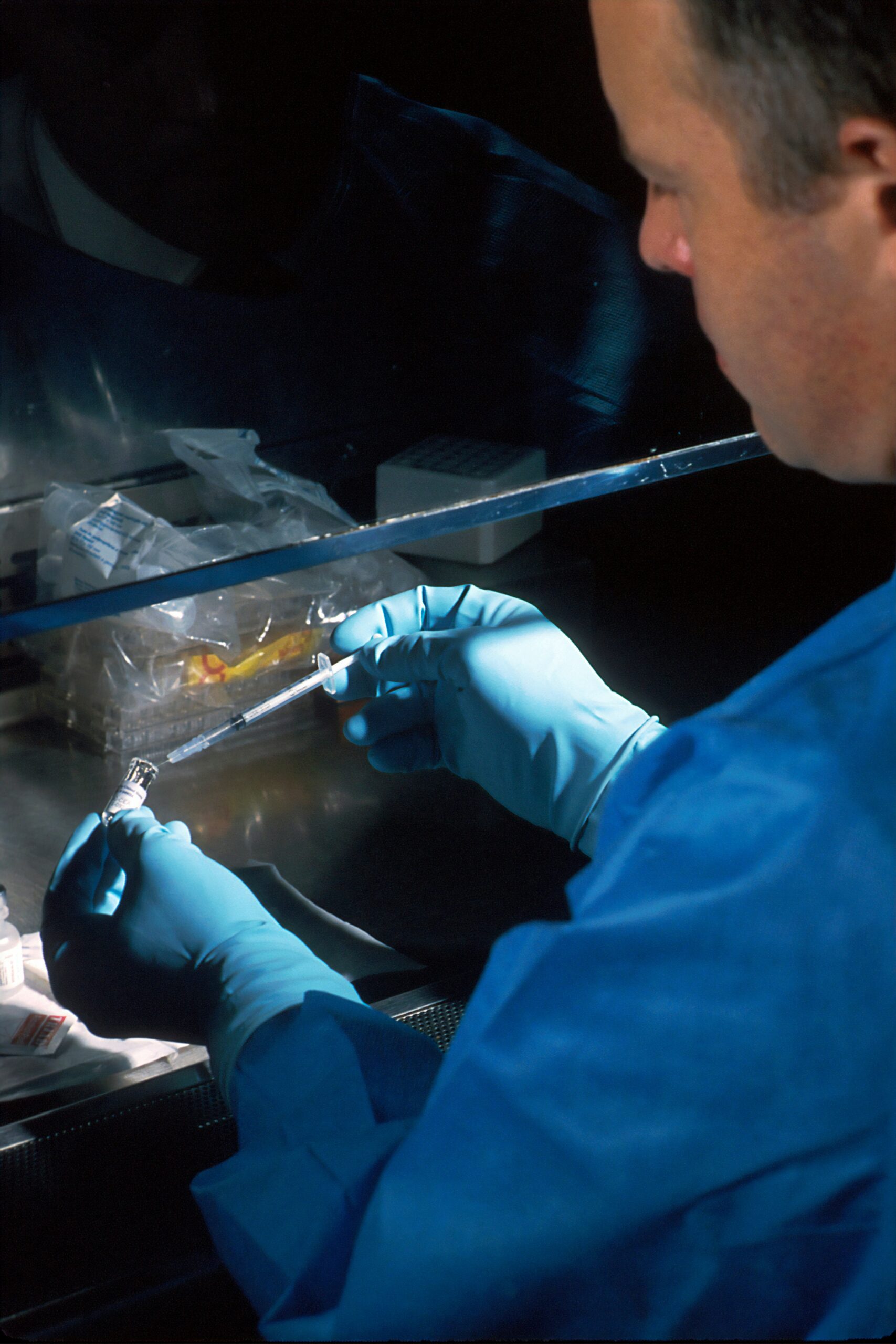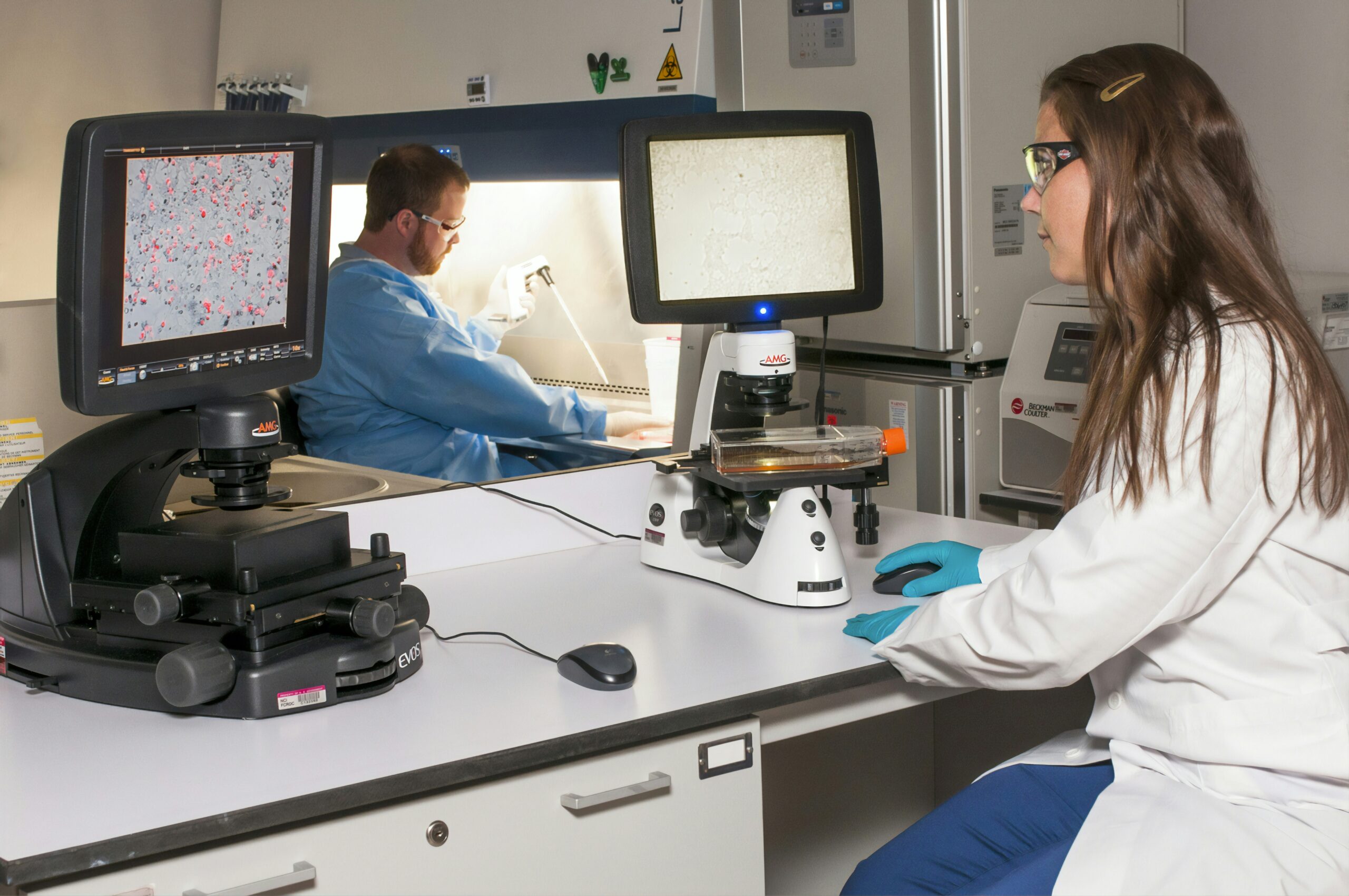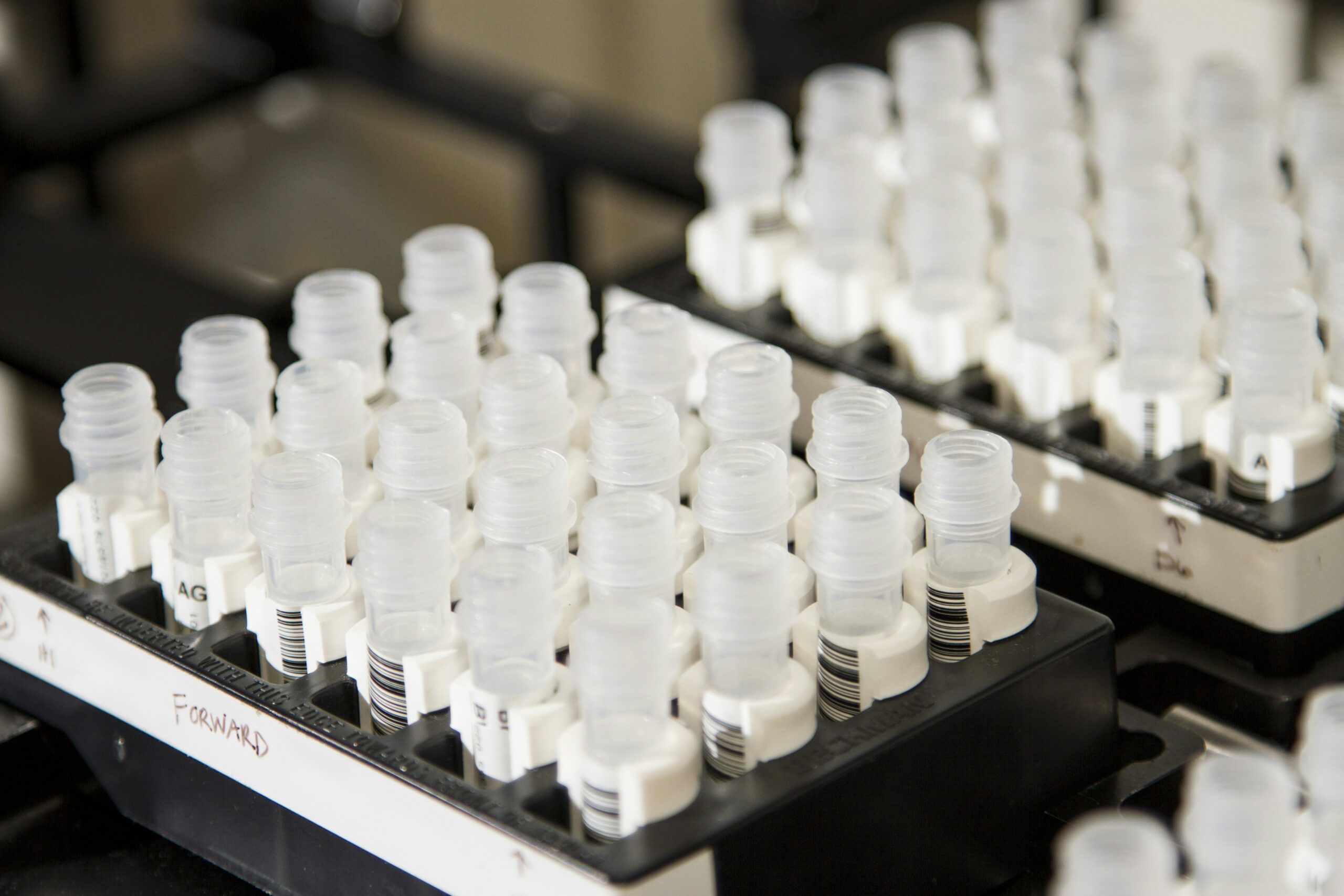In this article, you will explore the fascinating question of whether the location of the prostate can differ among individuals. We all know that the prostate plays a crucial role in male reproductive health, but have you ever wondered if its position within the body is consistent for everyone? Join us as we delve into the complexities of the human body, uncovering the potential variations in prostate location and the implications they may have. Get ready to discover yet another intriguing aspect of our intricate anatomy!

Understanding the Prostate
The prostate is a small, walnut-sized gland located just below the bladder and in front of the rectum. It is a crucial part of the male reproductive system and plays a vital role in the production of semen. The prostate gland surrounds the urethra, which is the tube that carries urine and semen out of the body.
Anatomy and functionality of the prostate
The prostate gland consists of several structures, including glandular tissue, muscular tissue, and fibrous tissue. The glandular tissue produces the seminal fluid that nourishes and transports sperm during ejaculation. The muscular tissue helps with the ejaculation process by propelling the semen through the urethra. The fibrous tissue provides structural support to the prostate.
The role of the prostate in the male reproductive system
The prostate gland is responsible for secreting a fluid that mixes with sperm and other fluids from the seminal vesicles to form semen. This fluid contains enzymes and substances that protect and nourish the sperm, increasing their chances of successfully fertilizing an egg. The prostate also helps to close off the bladder during ejaculation, preventing urine from mixing with semen.
Common conditions that affect the prostate
There are several conditions that can affect the prostate, ranging from benign enlargement to cancer. Benign Prostatic Hyperplasia (BPH) is a common condition where the prostate enlarges as men age, causing urinary symptoms. Prostatitis, an inflammation of the prostate, can cause discomfort and painful urination. Prostate cancer is a serious condition where cells in the prostate grow uncontrollably, potentially spreading to other parts of the body if left untreated.
Position of the Prostate
Normal position of the prostate in the male body
In a healthy adult male, the prostate gland is typically located just below the bladder and in front of the rectum. It rests against the anterior wall of the rectum, allowing it to be felt during a digital rectal examination. The prostate's proximity to the bladder and urethra is essential for its proper functioning in the male reproductive system.
How the prostate is found during a physical examination
During a physical examination, a healthcare professional will conduct a digital rectal examination (DRE) to assess the size, shape, and texture of the prostate. They will insert a lubricated, gloved finger into the rectum to palpate the prostate through the rectal wall. This examination provides valuable information about the prostate's health and can help detect any abnormalities or variations in its position.
Variation in Prostate Location
Structural differences in the male body
The positioning of the prostate gland can vary between individuals due to structural differences in the male body. Factors such as the size and shape of the bladder, rectum, and surrounding organs can influence the position of the prostate. These individual anatomical variations can make it challenging to locate the prostate consistently in the same position in every person.
Influence of other organs on the position of the prostate
The proximity and interactions between the prostate and other organs, such as the bladder, rectum, and seminal vesicles, can influence the position of the prostate. The size and movement of these organs can impact the position and orientation of the prostate gland. For example, an enlarged bladder or rectum may put pressure on the prostate, causing it to shift its position slightly.
Possible reasons for variations in prostate location
There are several possible reasons for variations in prostate location among individuals. Genetic factors, hormonal influences, and developmental differences during fetal development can contribute to these variations. Additionally, conditions such as BPH or prostate cancer can lead to changes in the size and position of the prostate over time.

Factors Affecting Prostate Location
Effect of aging on prostate location
As men age, the prostate gland undergoes natural changes that can affect its position. The prostate may gradually enlarge due to non-cancerous growth (BPH), causing it to shift its position slightly. These age-related changes can also affect the surrounding organs, such as the bladder and rectum, potentially influencing the position of the prostate.
Influence of obesity on prostate position
Obesity can have an impact on the position of the prostate due to the presence of excess fatty tissue in the abdominal area. The accumulation of fat can push the bladder and surrounding organs downward, potentially causing the prostate to shift its position. This displacement can make it more challenging to locate the prostate during a physical examination.
Impact of medical conditions on prostate location
Certain medical conditions, such as pelvic organ prolapse or tumors, can affect the position of the prostate. Pelvic organ prolapse occurs when the pelvic organs, including the bladder, rectum, and uterus, descend from their normal positions. This downward displacement can cause the prostate to move out of its usual location. Similarly, the presence of tumors or abnormal growths in the pelvic region can alter the position of the prostate.
How Prostate Position Affects Health
How the location of the prostate might affect its health and functioning
The position of the prostate can impact its health and functioning in various ways. The proximity of the prostate to the bladder and urethra allows it to perform its role in the male reproductive system efficiently. Any significant displacement or distortion in its position can potentially affect the flow of urine, semen, and the overall functioning of the prostate.
Connection between prostate position and prostate disease
While the exact relationship is not fully understood, there may be a connection between prostate position and the development of certain prostate diseases. For example, an enlarged prostate (BPH) can cause urinary symptoms due to compression of the urethra. Changes in the position of the prostate may contribute to the development of urinary tract infections or obstructive urinary symptoms.

Detecting Abnormal Prostate Location
Techniques for identifying abnormal prostate position
Detecting abnormal prostate position may require additional imaging or diagnostic procedures. Transrectal ultrasound (TRUS) can provide detailed images of the prostate, allowing healthcare professionals to assess its size, shape, and position accurately. Magnetic Resonance Imaging (MRI) and Computed Tomography (CT) scans can also help visualize the prostate and surrounding structures, aiding in the detection of any positional abnormalities.
Possible symptoms indicating variation in prostate location
Variation in prostate location may present with certain symptoms that indicate a potential issue. These symptoms can include difficulty urinating, frequent urination, weak urine flow, pain or discomfort in the pelvic region, or blood in the urine. If any of these symptoms occur, it is important to consult with a healthcare professional for further evaluation and diagnosis.
Medical Interventions and Prostate Location
Surgery and its impact on prostate location
Surgical interventions, such as prostatectomy or transurethral resection of the prostate (TURP), may result in changes in the position of the prostate. Removal or alteration of prostate tissue can lead to shifts in the surrounding structures, potentially affecting the prostate's position. These changes are carefully considered and managed by surgeons to minimize any adverse impact on urinary and sexual function.
How treatments like radiation and chemotherapy might affect prostate position
Treatments like radiation therapy and chemotherapy are commonly used in the management of prostate cancer. These treatments can shrink or destroy cancer cells, but they may also affect the position and size of the prostate gland. Radiation therapy, for instance, can cause fibrosis and scarring in the prostate, potentially altering its position. The impact of these treatments on prostate position is closely monitored to minimize any associated complications.
Prostate Location and Sexual Function
Impact of prostate location on sexual health
The position of the prostate can have implications for sexual function in men. The prostate gland is involved in the production of seminal fluid and plays a role in ejaculation. Any significant changes in its position may affect the ability to ejaculate normally or experience sexual pleasure. However, it is important to note that individual variations in prostate location do not necessarily equate to sexual dysfunction.
Effect of prostate positioning on fertility
The position of the prostate can also have implications for male fertility. The prostate gland produces seminal fluid that nourishes and protects sperm during ejaculation. Any abnormalities in the prostate's position or functioning may potentially impact the quality and motility of sperm, potentially affecting fertility. However, it is essential to evaluate the overall health and functioning of the reproductive system in cases of fertility concerns.
Prostate Location and Urinary Function
Influence of prostate location on the urinary system
The position of the prostate gland can influence the urinary system due to its proximity to the bladder and urethra. Any significant changes in its position, such as due to enlargement or shifting, can potentially obstruct the flow of urine. This obstruction may lead to symptoms like frequent urination, weak urine flow, difficulty initiating urination, or incomplete emptying of the bladder.
Connection between prostate positioning and urinary troubles
Changes in the position of the prostate can contribute to urinary troubles, particularly in conditions like BPH or prostate cancer. Enlargement of the prostate can exert pressure on the urethra, causing urinary symptoms such as hesitancy, urgency, or a weak urine stream. Identifying and managing any abnormal prostate positioning is crucial to alleviate these urinary troubles and improve overall quality of life.
Variation in Prostate Location: Myths and Facts
Common misconceptions about the location of the prostate
There are several common misconceptions surrounding the location of the prostate. One myth is that all prostates are located at the same position in every individual, which is not true due to anatomical variations. Another misconception is that the position of the prostate determines a man's sexual prowess or fertility, which is not accurate as individual variations in prostate location do not directly impact these factors.
Scientific truths about prostate location variance
Scientifically, it is well-established that the position of the prostate can vary between individuals. Anatomical variations, structural differences, and individual factors contribute to these variations. The medical community recognizes and accounts for these variations when conducting examinations, diagnostics, and treatment interventions. Understanding and acknowledging the scientific truths about prostate location variance can help dispel myths and misconceptions surrounding this topic.
In conclusion, the location of the prostate can vary between individuals due to structural differences, organ interactions, and individual factors. These variations can have implications for prostate health, urinary and sexual function, as well as the diagnosis and management of prostate diseases. It is important to consult with healthcare professionals if any symptoms or concerns arise to ensure proper evaluation and appropriate interventions. By understanding the factors that influence prostate location, we can better appreciate the complexity of this essential gland and its impact on male health.

